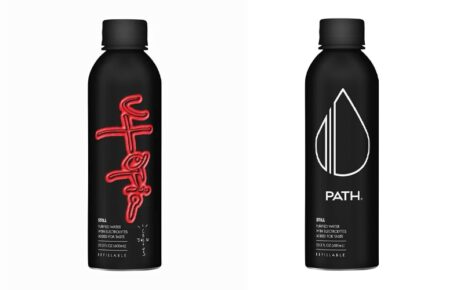Over-the-counter retinol products are popular for good reason: In addition to helping to control acne, they can improve the overall appearance of skin and lessen the signs of aging. They “are perfect for reducing fine lines and large pores, improving skin texture and evening out skin tone,” said Dr. Hope Mitchell, a dermatologist in Perrysburg, Ohio.
Yet they can also be tricky to use. Retinol products are made by many different brands, come in a slew of formulations and must be applied carefully, especially at first, because they can be irritating.
Here’s what you need to know.
How they work
Retinols fall under the umbrella of compounds called retinoids, which are all derivatives of vitamin A, Dr. Mitchell said. Prescription-strength retinoids have been available since the 1970s and are found in acne medications including Retin-A and Accutane. Retinol is a milder retinoid, which is why it’s available over the counter.
Retinol affects the skin in various ways. It increases skin cell turnover, “which causes a natural exfoliation,” said Dr. Divya Shokeen, a cosmetic dermatologist in Manhattan Beach, Calif. This helps to clear out clogged pores, which can treat acne and prevent future breakouts.
Retinol also increases the skin’s production of collagen, a protein that boosts firmness and elasticity. “Beginning in our 20s, we start to lose about 1 percent of our skin’s collagen per year,” said Dr. Marisa Garshick, a dermatologist in New York City. As that happens, she said, our skin starts to sag and become wrinkled; retinol works to counteract this.
In addition, retinol can lessen dark spots. “Retinols can help to reduce the overproduction of melanin, particularly in areas where it is concentrated and causing discoloration,” Dr. Shokeen said.
A 2015 clinical trial found that when women between the ages of 40 and 55 used a retinol product daily for a year, it reduced the appearance of crow’s feet by 44 percent and skin discoloration by 84 percent. Another clinical trial, from 2009, reported that daily use of a retinol cream in women ages 40 to 60 over a 26-week period reduced the appearance of fine and deep wrinkles.
How to choose the right product
Even though you can pick up a retinol product at nearly any drugstore or department store, Dr. Shokeen said it’s best to first consult with a dermatologist to ensure that retinol is suitable for you, especially if you are breastfeeding or have a skin condition like eczema or rosacea. Pregnant women shouldn’t use retinols, Dr. Shokeen added.
Generally, dermatologists advise starting with a mild formulation to reduce the risk of redness and irritation. Pick a brand you trust and choose its lowest-concentration product, Dr. Garshick suggested. Don’t pay too much attention to the exact percentage of retinol advertised on the label, because different brands use different retinol compounds — so a product that has 1 percent retinol could be essentially equivalent to another product that has 0.3 percent.
If you have sensitive skin, you may want to seek out a product that includes other ingredients — like ceramides, niacinamide or hyaluronic acid — to help counteract dryness and inflammation, Dr. Garshick said. Also look for retinol products labeled “encapsulated,” meaning the retinol is enveloped in a protective barrier and released into the skin over time, making it potentially less irritating.
When and how to use retinols
Above all, the experts said to start slow and be patient.
“Retinols can take anywhere between two to three months to start to take effect, and the benefits can continue to improve over the course of six months,” Dr. Garshick said. It might take even longer before you start to see certain improvements with low-concentration retinols, she added.
To ensure that you’re not allergic to any of the ingredients in a product, Dr. Shokeen suggested first applying it to a small patch of skin on the inside of your arm. If the skin doesn’t become red, itchy or swollen within minutes or hours, you can start using it elsewhere, she said.
Dr. Garshick advised using the product one or two times a week for the first two weeks, to allow the skin to acclimate to it, and always applying it at night, since retinol breaks down when exposed to sunlight. “If the skin starts to become very red and irritated, feels like it’s burning or stinging, or there’s a lot of itching,” it’s time to take a temporary break, she said. Once your skin can handle a twice-weekly dose without becoming irritated, you can gradually increase the frequency to daily, she said. You can also switch to a stronger product.
Dr. Mitchell recommended applying a noncomedogenic (non-pore-clogging) moisturizer after using retinol to counteract irritation and dryness. And because retinol can make the skin more sun-sensitive, it’s always smart to use sunscreen during the day.
Some people with acne may initially break out more when they first start using retinol, but these flare-ups are usually brief and the skin soon improves, Dr. Mitchell said.
“Your skin may look worse before it starts to look better, so try not to get discouraged,” she said.
Source: Read Full Article


